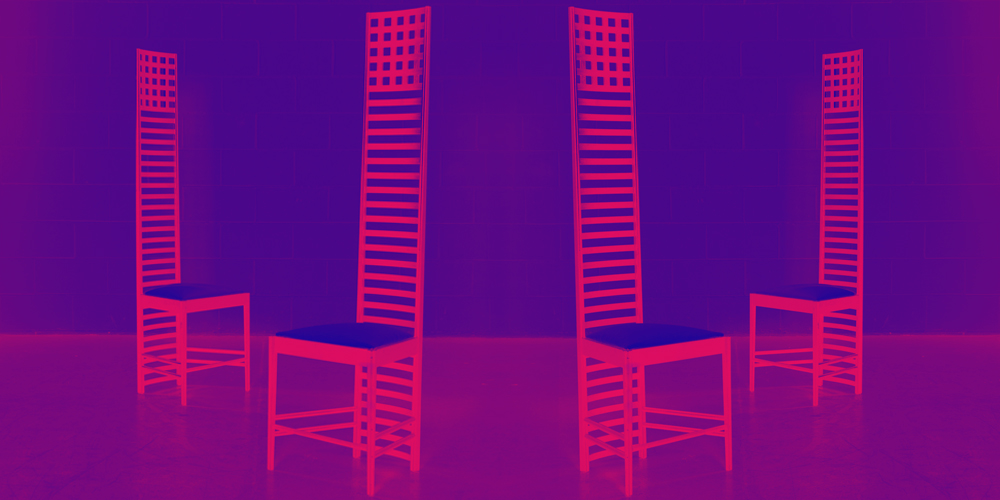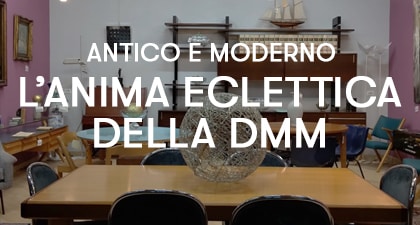
Penultimate appointment of 2019 with the Design Icon of the Week: after last week’s Willow Chair it is the turn of the Hill House Chair.
This week’s Icon is a product of that crossroads of styles and artistic currents that was Europe at the turn of the eighteenth and nineteenth centuries: it is the unmistakable Hill House Chair by Charles Mackintosh.
Remembered as one of the greatest exponents of Art Nouveau in the United Kingdom, Mackintosh created a very personal style based on a bizarre and successful fusion between Scottish tradition, Secessionstil and oriental suggestions.
He was a true pioneer: he believed that the architect was responsible not only for designing the buildings but also for furnishing the interiors down to the smallest detail, anticipating what would become (a few decades later) the figure of the designer.

Our Hill House Chair was born as a piece of furniture designed and tailor-made for the famous Hill House. This magnificent house was built for the publisher Walter Blackie between 1902 and 1904 in Helensburgh and can easily be considered Mackintosh’s masterpiece.
To realize it, the architect spent a lot of time with the Blackie family to study and understand their needs and habits. The house and its furnishings had to be perfectly functional to the life of its inhabitants; Once the more practical aspects had been resolved, aesthetic issues could be considered. Mackintosh and his wife, a talented architect and artist, designed the interior down to the last comma (even suggesting what variety of flowers the owner could put in the vases…)

The famous Hill House Chair is a unique product of its kind: it is closer to a work of art than to a chair.
Made (at the time) handcrafted in ebonized walnut, its peculiarity is certainly the backrest. Very tall, squared, peg-shaped, with a half-timbered end.
With this work Makintosh moves away from floral naturalism, adopting a linear and geometric style inspired by Japanese design. Western tradition saw (and sees) furniture as a way to reveal the wealth of the owner; Mackintosh admired the sober oriental measure, the simple forms, the natural materials.
A forerunner of the modernist movement, Mackintosh never renounced ornament. He distinguished himself thanks to a hybrid and eclectic style in which influences coexist that would seem to be irreconcilable. His fortune followed a downward trajectory: initially appreciated and acclaimed internationally, ignored and then forgotten.
He was condemned to oblivion (in some cases to a clear refusal) that lasted several decades. Only in the 70s his work was reconsidered and re-evaluated.














